Red Imported Fire Ant
(Length: 1/8″ – 1/4″) Usually a reddish brown color, fire ants live in colonies of up to 200,000 individuals. Their mounds can be two feet high and three feet across with as many as 50 colonies per acre.
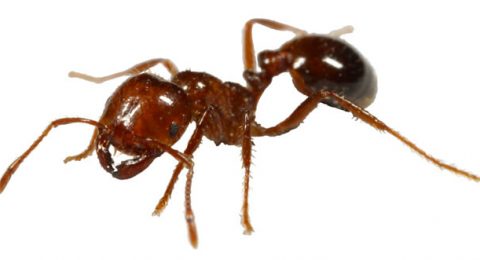
(Length: 1/8″ – 1/4″) Usually a reddish brown color, fire ants live in colonies of up to 200,000 individuals. Their mounds can be two feet high and three feet across with as many as 50 colonies per acre.
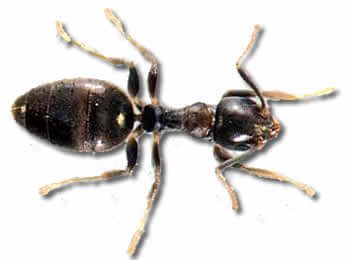
(Length: 1/10″ – 1/8″) Introduced from Asia, this medium black to brownish-black ant species is quickly becoming one of the most persistent and invasive ant species in Florida. Its name comes from the fact that its feet are a yellowish-white color.

(Length: 1/20″ – 1/14″) These tiny two-toned ants are most common in southern Florida. Their head and thorax are black and the rest of their body is a pale grey color. They have a tendency of suddenly appearing and disappearing.
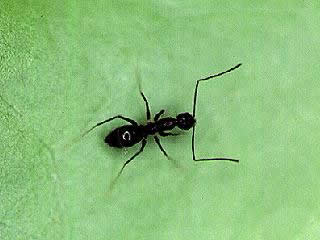
(Length: 1/12″ – 1/8″) Ranging from red-brown to grayish to black, this small ant gets its name from its characteristic erratic and rapid movement in search for food. They will feed on any household foods.

(Length: 1/12″ – 1/16″) These small red to yellowish ants can be found trailing anywhere within a structure. They can nest in wall voids, cabinets, boxes of food and any other accessible crevices and spaces.
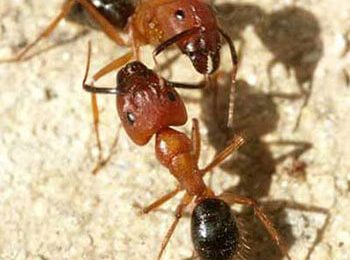
(Length: 1/4″- 1/2″) These large ants usually nest outdoors in stumps and logs in contact with the soil and in dead tree limbs and cavities. The Florida Carpenter Ant has a black abdomen and red head and thorax.

(Length: 1/4″ – 1/2″) Although the same size as Florida carpenter ants, these ants are completely black instead of two-toned. Unlike the Florida species, the black carpenter ant does more damage to sound, undamaged wood.
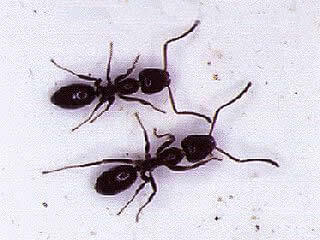
Length: (1/11″ -1/10″). These medium sized ants are uniformly brown and trail in large numbers. They compete aggressively with other ant species for food and nesting sites and can drive most other ant species out of their territory. Their nests have large numbers of individuals and a high percentage of queens.